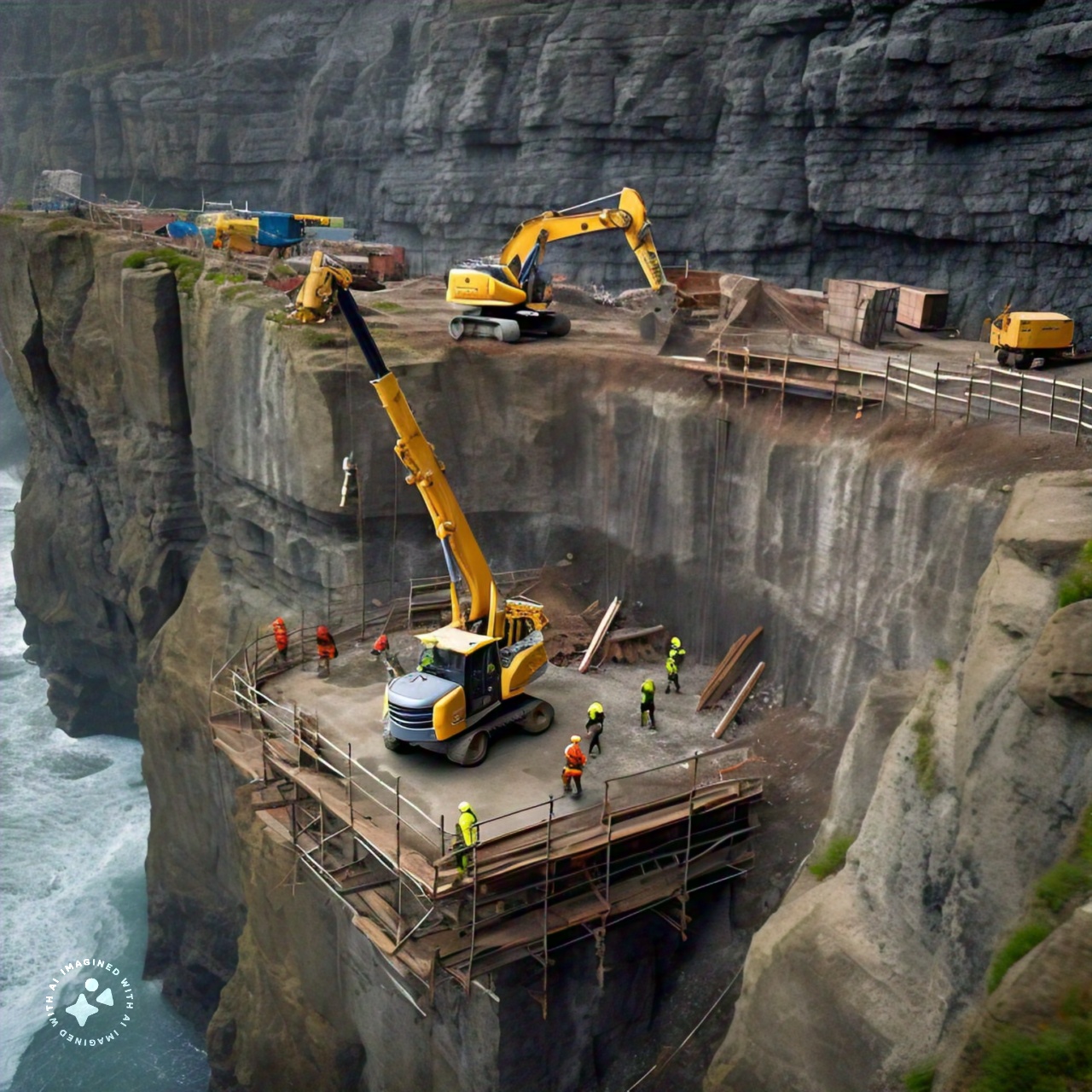Construction of a building is not an easy task to do. A lot of things have to be considered for having a good quality building and to manage any risk associated in the construction process, all for the sake of minimizing any risk possible. What are the risks? What should we do? Here are some of the most important risk management strategies you can apply in your project:
1. Proactive Planning. Consider every potential risk that could arise during the project duration. Any delay caused by the weather? Or maybe the project can be delayed by material shortages? What about the labor strikes? We should consider all of this as prevention measures.
2. Risk Identification. After we identified the potential risk using the first step, we also have to assess the likelihood of the. occurrence of any risk that we list previously. Don’t forget to give the score according to the impact from those risks. This should be done so we can prioritize our time, effort, and energy used for risk management.
3. Develop Risk Management Plan. After we prioritize any possible risks we should plan the risk management effort, Or we can also call it mitigation plan. These should include the outline of steps we will take to mitigate or avoid every risk. Every stakeholder in the project should be informed about this.
4. Risk Mitigation. We should also be prepared for any risk possible by devising a risk mitigation strategies. We should develop some contingency plans, and implement safety measures etc.
5. Risk Transfer. In case all of the mitigation and prevention plan fails, we should also have a backup plan. This make a plan usually is in the form of risk transfer. A lot of companies use an insurance as the risk transfer medium, but it is not the only way. In fact, we can also allocates the risk between all parties involved to transfer the risk.
6. Communication and Collaboration. We have to create an effective communication and collaboration system with all these stakeholders in fault to be able to survive any possible outcome. Not only that, by having good communication and collaboration system, we effectively lower the risk itself.
7. Monitoring and Review. Our world is not a static world. It’s rightly dynamic. And this also applies to every risk possible in this world. In fact, risks can change over time, Just like opportunities can change over time. Therefore, it is really important for us to monitor our project on an ongoing basis and review risk management plan that we have devised and adjust as needed.
8. Embrace Technology. New technology comes every month. Usually those new technologies will help us to ease our problems. This also holds true for risk management system. Use the latest software programs and tools available that we can Take advantage to help us identify, assess and manage any risks involved.
9. Lessons Learned. Every time a project has ended make sure all the team take time to reflect. Reflect on what? Since we are talking about race management of course to reflect on the risk that emerged and how they were managed. This short, but important step is really Helpful to help us improve the risk management process for future projects.
10. Continuous improvement. Unlikely risk management is not a one off work, not a one time project or process. We have to continually identify, assess and mitigate any future risks to help ensure the success of the construction projects that we or our company have in the future.
For those who want a more detailed information and training about construction safety and risk management, we provide our esteemed BCSS – Supervise Construction Work for WSH course, and also CSOC – Construction Safety Orientation course.

